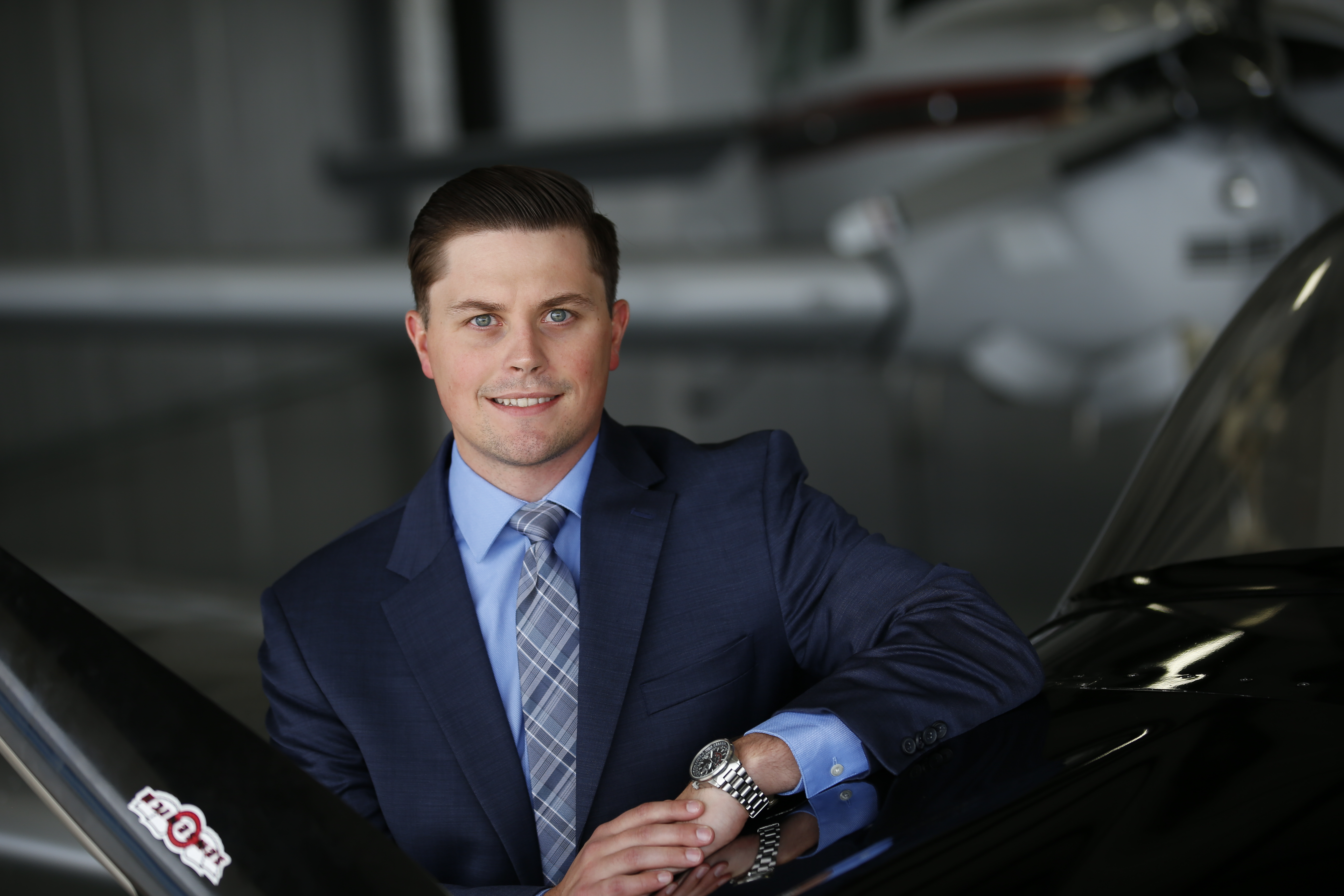In fact, a 2015 study from the Government Accountability Office found that only 11 states have some variation of a liability insurance requirement or financial responsibility requirement for aircraft. Since that time, at least one state (Utah) has imposed additional insurance requirements. Additionally, there is no federal requirement for aircraft operators to maintain insurance unless operating as a direct air carrier. So, with many owners seeing a rise in their insurance premiums and some who are unable to find any coverage, it is no wonder that many owners are considering “self-insuring” their flying activities. But the decision to self-insure should not be made lightly.
There are two different levels of “self-insurance” in the aviation context. In the first, an aircraft owner decides not to insure the aircraft against physical damage or loss (called hull insurance) while maintaining an insurance policy for injury to passengers or people and property on the ground (called third-party liability insurance). The second is when no insurance is maintained—neither hull nor liability insurance.
Regarding the former, many owners believe that hull insurance is not necessary if they are willing to walk away from the aircraft in the case of a wreck and eat the loss. While covering the cost of physical damage to the aircraft is certainly the main selling point, there are often additional coverages to consider when deciding whether to forgo hull insurance. For instance, hull insurance typically will include wreckage recovery.
A good example to consider, which made the rounds on the internet recently, involved the family of a pilot who flew west and was left arranging and paying for recovery of the aircraft wreckage and human remains from a steep mountainside in the Mount Jefferson Wilderness. Unfortunately, the aircraft was not insured, and being a wilderness area, the crash site was difficult to reach. The family estimated the recovery would cost around $50,000. Fortunately, a company agreed to recover the aircraft and remains for free, but had it not been for the generosity of the aviation community, the family may have been left to lift this heavy burden alone.
Another little-known benefit often included in hull policies is hurricane protection, where an owner will be reimbursed for moving the insured aircraft out of harm’s way. Other common coverages include: reimbursement for the loss of personal property or baggage; non-owned hangar and contents coverage; replacement aircraft rental reimbursement; non-owned aircraft hull coverage; search and rescue expenses; emergency landing expenses coverage (i.e., reimbursement for removal of an aircraft after an off-airport, emergency landing which does not result in damage to the aircraft); and the list goes on.
Those choosing to forgo any insurance increase their exposure considerably. An obvious example is in the case of an aircraft crashing into a house and killing its occupants. Not only could the deceased pilot’s estate be on the hook for repairing the house, but there is also environmental remediation, the loss of life and pain and suffering of the deceased, and loss of income and consortium to the survivors to consider. Adding this up, the exposure to the pilot’s estate can easily reach into the millions of dollars.
Owners relying on their skill and experience to protect their assets should consider that, even where an accident was clearly someone else’s fault (e.g., the aircraft manufacturer, a component manufacturer, air traffic control, a maintenance provider, etc.), the owner or pilot, or his or her estate, could easily be pulled into a lawsuit, where the cost of “proving innocence” can be very expensive. Duty to defend provisions in insurance policies are often overlooked, but in many cases, it is the most valuable protection an insurance policy may offer. It is also important to remember that pilot error remains the number one cause of aircraft accidents despite the overall number of accidents trending down.
A common misconception among those choosing to self-insure is that their ownership entity will protect them from personal exposure. While corporations and limited liability companies are known to shield their owners from the entity’s debts and obligations, this is only true in the aviation context so long as the aircraft is operated on behalf of the entity and within the scope of the entity’s business. On personal or recreational flights, it is likely that a court would rely on FAR 91.3(a) to hold the pilot-in-command personally liable for any negligence. Even then, if the entity is not treated as a legal person distinct from its owners, a potential litigant might be able to pierce the entity’s liability shield and require its owners to pay for the entity’s negligence.
At the end of the day, the decision to self-insure is yours to make. But, if you choose to self-insure, you could be leaving your family stuck with the bill.






